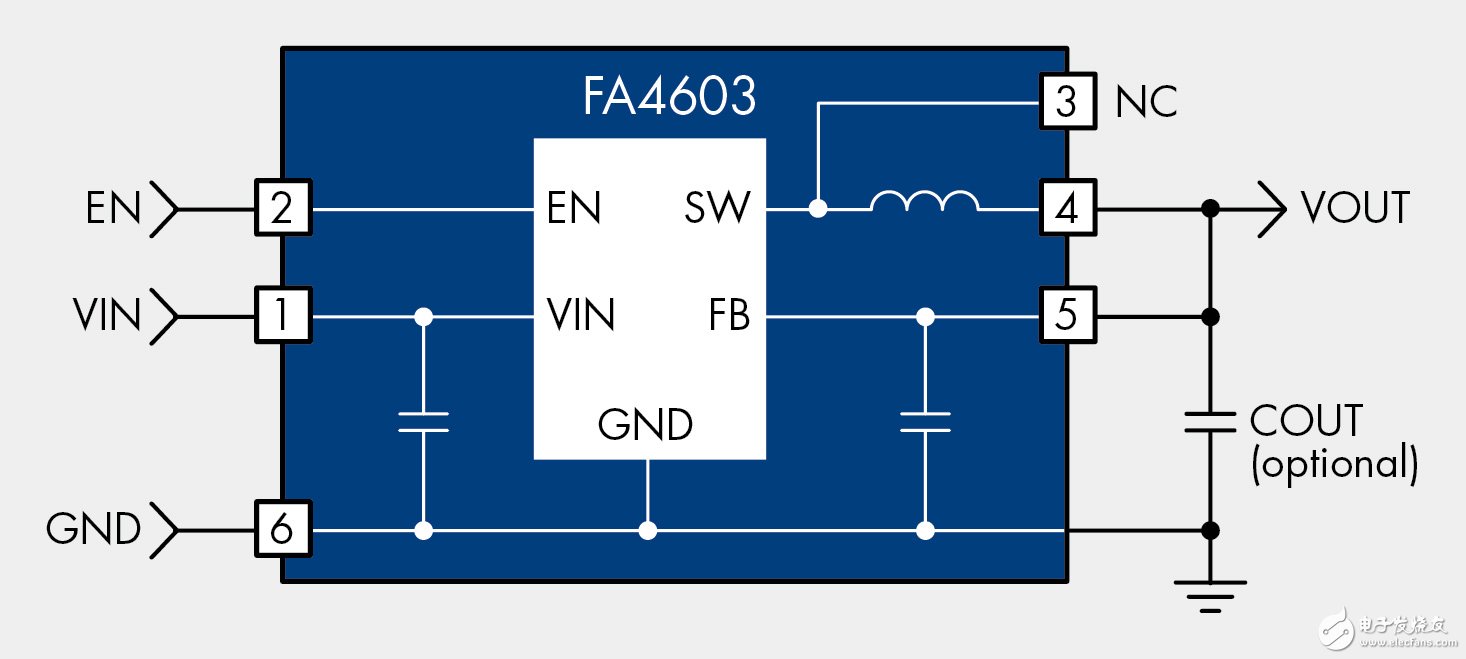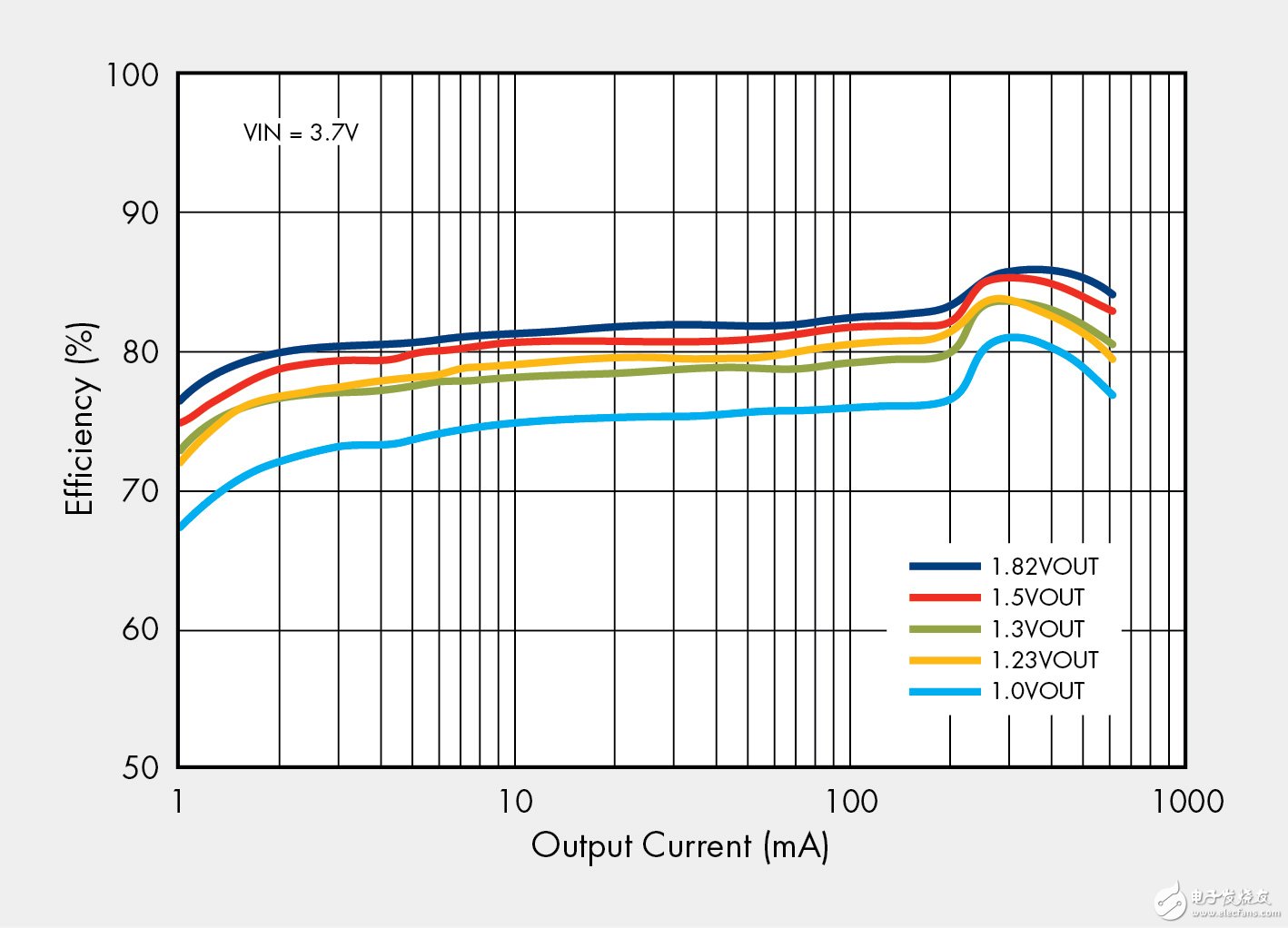Electronic enthusiasts : The medical industry is eager to gain versatility and interoperability, and of course the wireless interface is required. This article will explore wireless trends and challenges, including standards and frequency and power considerations in today's designs when using wireless modules. . Applications that use a single-cell rechargeable battery will be the future of universal end-use applications such as some blood glucose meters and pulse oximeters. We will discuss how these trends affect the healthcare industry.
Although consumer applications always have some tech-savvy users and can recommend a range of feature sets and accessories, typical medical end users may be diverse, from home patients to hospital care. Nurses of severe patients, both with specific needs and desired characteristics. But as a terminal device, medical equipment must be reliable and easy to use. Technologies that meet these needs are already available, but more importantly, these technologies have proven to be sufficient to meet these needs and drive current design trends. If the designer knows where to find the right technology and how to apply it, the phone technology is readily available and easy to use.
Medical mobile devices often have specific uses, such as pulse oximeters or blood glucose meters, which perform very well at their core tasks. These portable devices have evolved to have multi-sensor daily tasks as well as data trending, and it is not practical to keep this information on small mobile phones with limited displays. There are two general ways to get this data from your phone or its interface: using wireless or via USB. Not long ago, removable memory cards were used, but even the simple task of removing them or inserting them into a PC was cumbersome.
Wireless trends and solutions
Medical phone designs now support two standards: low-power Bluetooth (Bluetooth®) and ZigBee®. In the field of Wireless Medical Telemetry Service (WMTS) and Industrial Science and Medical (ISM), there are also proprietary technology-based solutions with a frequency range of 400MHz to 2.5GHz. This still belongs to the frequency band of the mobile phone. The choice of frequency band will depend on the application requirements and the distance from the receiver, and the size and available power of the device will also affect the frequency band. Regardless of frequency selection, power is a common dilemma for all wireless applications, but it is also where we use the most semiconductor technology from the mobile handset industry. Choose a single-cell Li-Ion battery as a rechargeable power source to best apply this technology. While AA dry cells and button cells are also available, their low voltage often requires a more expensive down/boost topology, and the second power option is less common.
The core challenge of wireless technology is its dynamic power requirements. The wireless transceiver cannot operate in continuous broadcast or receive mode, but instead sends or receives pulsed data according to the needs of the application. It is this pulsed operation that is the most difficult to do on a battery powered rail (Vbatt). Connecting the wireless transceiver bias directly to the battery through the capacitor bank is a solution, but rechargeable batteries have a large operating voltage range, typically 2.5V to 4.2V. A DC/DC buck converter must be used for the chip core supply rail. This keeps Vbatt stable and does not cause an undervoltage event downstream of the sensor that is ultimately connected to Vbatt, which can affect data accuracy.
Medical device design teams may not have mobile power experts, but in the fast-paced industry competition, they still hope to release new differentiated products in order to increase market share. To eliminate detailed DC/DC design and modeling, Fairchild Semiconductor has introduced the fully integrated power module FAN4603 for wireless transceivers operating on a single-cell rechargeable lithium-ion battery. All input capacitors, inductors, and output capacitors are integrated into a 2.5mm x 4.0mm surface mount package. Its transient response characteristics are key to handling the dynamic power requirements of wireless technologies. The input range matches the rechargeable battery and the output is fixed at 1.0V to 1.8V, depending on the device number suffix type and provides up to 600mA. The 6MHz switching frequency allows portable wireless devices to use small integrated inductors with good transient response quality. Figure 1 shows the internal structure of the FAN4603.

Figure 1. FAN4603 DC/DC converter for 3.7V Li-Ion battery with fixed output voltage range from 1.0V to 1.8V with current up to 600mA
In addition to transient response performance, it is also important to observe the efficiency curve and pay attention to the efficiency at the nominal operating current when selecting a DC/DC converter. Figure 2 shows a sample curve for the FAN4603 data sheet. The data sheet also details transient performance. The oscilloscope display shows the stability of Vout when the current is from steady state to spikes, that is, analog wireless broadcasting, or starting a higher power sensor, such as an LED in a pulse oximeter. .

Figure 2. Efficiency curve of the FAN4603 DC/DC converter with a 3.7V input and a different output voltage with a 1mA to 600mA load.
If you need a set to offer your fiber optic and its connectors protection, then there may different types of Fiber Optic Terminal Boxes burst into your mind. Optical terminal box(OTB) is mounted to in and out side wall of building or pole to distribute and connect optical cable for distribution of subscriber. It is designed with controls that maintain the fiber bending radius throughout the unit on the segregated customer and provider sides.
Our Fiber Optic Terminal Box series includes cabinet, Fiber Splice Closure , Sliding Rack Mount Fiber Patch Panel, wall mount Distribution Box and fiber optic surface mount box(86*86mm type). They all offer good protection either mechanical or environment to optical fiber and connectors inside. For convenient cable management, they provide termination, splicing and storage functions for Fiber Optic Cable systems.
The main material for our fiber optic terminal box is cold rolled steel with powder coating finished. If you need plastic material to keep light but solid, we have PC material products for your option. Such as our Fiber Optic Splice Closure and surface mounting box.
For different application, you can find our product accordingly. Either outdoor or indoor, either for small capacity or large capacity, either for hanging in the air or bury under the earth, either install on the wall or on the desk, you can always find there is one type suitable to you.
Fiber Optic Terminal Box,For the protective connection and storage between cables and pigtails. Supply reliable cable fixing, stripping, and grounding device; Small cubage, unique structure, easy installation.
If you need a set to offer your fiber optic and its connectors protection, then there may different types of fiber optic terminal boxes burst into your mind. Optical Terminal Box(OTB) is mounted to in and out side wall of building or pole to distribute and connect optical cable for distribution of subscriber. It is designed with controls that maintain the fiber bending radius throughout the unit on the segregated customer and provider sides.
Our fiber optic terminal box series includes cabinet, FDP, Fiber Optic Distribution Point Box, wall mount distribution box and fiber optic surface mount box(86*86mm type). They all offer good protection either mechanical or environment to optical fiber and connectors inside. For convenient cable management, they provide termination, splicing and storage functions for fiber optic cable systems.

Fiber Optic Terminal Box
Fiber Optic Terminal Boxes, Fiber Optic Distribution Point Box, Fiber Optic Cable FTTH Termination, Fiber Optic Distribution Box, Fiber Access Terminal
NINGBO YULIANG TELECOM MUNICATIONS EQUIPMENT CO.,LTD. , https://www.yltelecom.com
